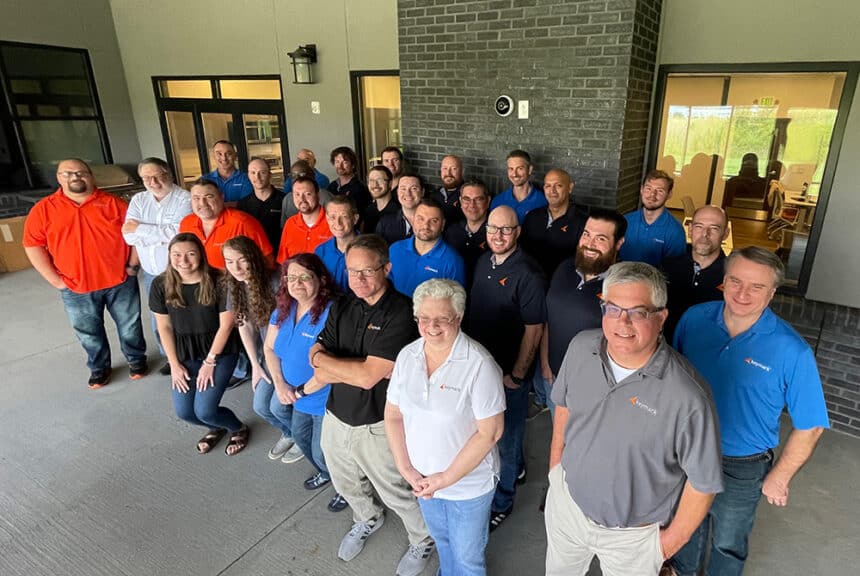 South Carolina, Oregon, and other states are updating Open Records laws to give explicit timelines for responding to and fulfilling public information requests. With more pressure on state legislatures to change Open Records laws, the impact is felt most on those in charge of executing the Freedom of Information Act (FOIA) requests. Agencies, counties, and cities can easily become overwhelmed with requests, even before these laws take effect. But now, falling behind on requests has even bigger impacts: noncompliance with law and opening the door to lawsuits.
Many departments are frantically searching for solutions to manage these service level agreements when these laws take effect. The good news is automating manual processes can keep you ahead of the demands, easily and inexpensively.
South Carolina, Oregon, and other states are updating Open Records laws to give explicit timelines for responding to and fulfilling public information requests. With more pressure on state legislatures to change Open Records laws, the impact is felt most on those in charge of executing the Freedom of Information Act (FOIA) requests. Agencies, counties, and cities can easily become overwhelmed with requests, even before these laws take effect. But now, falling behind on requests has even bigger impacts: noncompliance with law and opening the door to lawsuits.
Many departments are frantically searching for solutions to manage these service level agreements when these laws take effect. The good news is automating manual processes can keep you ahead of the demands, easily and inexpensively.
Here are four proven steps your organization can take to automate manual processes:
-
Create a clearly defined FOIA process
Handling each request differently is an easy way to lose track of a request. Have a clear process for receiving and processing a request. Take in the request; notify departments of the request; compile records from required departments; fulfill request; close the request. Veering from a set process is time consuming, expensive, and creates compliance risks. Having a clear system also helps identify benchmark metrics and locate bottlenecks, such as lagging departments or miscommunication.
-
Create an audit trail
The best defense in case of litigation is having an audit trail. Put systems in place that track a request from creation to close. Track when a request is submitted, when departments are notified of the request, which departments produce records, when the records are compiled, the financial transaction, etc. Leaving blank spaces in a trail just leaves more room for error.
-
Set internal Service Level Agreements
Put statutes in place in your organization to ensure timely delivery of the appropriate records. Don’t spend time hounding one department to respond to the request. Have clear rules and deadlines in place, such as a 24 hour notification of receipt of the request. Create automated notifications and reminders so you do not have to manually track down the status of each step or request.
-
Identify trends in the process to stay ahead of the curve
Knowing what is going to be requested can help your organization stay ahead of the curve. Look through previous requests to find trends of the type of records requested, the individuals requesting, and when records are requested. Make these records readily available or publicly accessible on your website.
Moving from Laggards to Leaders with Your Constituents
Digital FOIA request solutions can take your organization from lagging months behind on requests to fulfilling requests ahead of schedule. Digital FOIA requests are accessible, mobile-friendly solutions for your constituents. With web-based forms that trigger automated workflows, a FOIA request solution can receive requests, notify the appropriate individuals, route approvals within a specified timeframe, and provide notes to keep all parties informed. Since the point of origination is digital the information collected in the process is easier to manage and monitor. The automated process creates an audit trail that is measurable and reportable in dashboards, ultimately moving you from worrying about compliance to winning over your constituents with the ease and simplicity of the overall experience. What challenges have your organization faced with the increased demands of FOIA requests?Take the Next Step
We can help you decide pretty quickly whether this would be a good fit for your organization. With 20+ years of experience in automation, we just need about 5 minutes of Q&A.



